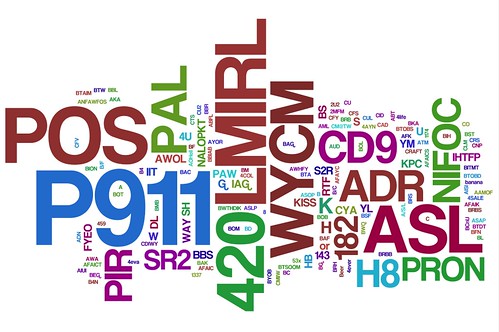 What is BPM? It's a simple question with a complex answer.
What is BPM? It's a simple question with a complex answer.There appears to be a move in the BPM world to create a whole new substrata of 'process management'. Max Pucher appears to be one of the leading members of this cadre and - like so many before him - he tries to establish a little niche 'fiefdom' which he can call his own. Andrew Smith from One Degree has posited Adaptive Process Guidance (APG) as a new paradigm too. Forrester have created Dynamic Case management
And bravo to them for doing that.
But here's the problem I have: Why seek to split the capability of BPM down into different acronyms or niches when we don't fully understand BPM as it stands at the moment?
Last year, Thomas Olbrich and I sat down and put together The BPM Nexus (along with original founder Theo Priestley) and we sought to create a BPM definition which we could use to create concensus amongst practitioners. Our efforts - unfortunately - came to very little for a number of reasons which are not important now. But what did come out of the discussions which took place was the fact that so few people have a common understanding of what BPM means precisely. They know what BPM means to them and the know what they do when it comes to BPM. But to sit down and write a standard defintion of BPM that everyone can agree on is difficult.
Because of this there have been a number of separate initiatives aimed at splitting BPM into component parts - or sub parts - to allow vendors, particularly, to attach to these niches and boost their own offerings. The phrase "Social BPM" has suddenly appeared in the BPM vernacular along with "ACM" or Adaptive Case Management.
My question to those who push these things forward is "Where is the diagram that explains how these fit together?" Are they all subsets of BPM as a whole (which I maintain they cannot be because we don't have a standard definition of BPM), or are they all related but separate capabilities which - if we put them all together - will bring a standard definition of BPM? More importantly, do we really understand the delineation of what ACM means - for example - in the world of structured processes versus unstructured processes? Alberto Manuel believes that ACM comes under the BPM umbrella but is a different paradigm. Fair enough, so what does that look like?
I would love to see such a diagram. I would love to see where in the diagram we could fit the following acronyms (or underlying capabilities):
- BPA,
- ACM,
- APG
- CRM,
- DCM
- Social BPM
- etc.
Personally I believe these are all important capabilities which must be understood and managed in the context of the corporate entity. But I also believe that these are capabilities which are not only confusing, they are incorrectly understood leading to inefficiency and increased cost.
Anyone care to comment ( or more importantly, illustrate)?
------
P.S. Just to clarify: I'm not wanting long diatribes on why ACM is better than DCM, or why we should be doing APG instead of drawing workflow diagrams, what I'm trying to understand is the gestalt, holistic view of where these all fit together.
Reminder: 'The Perfect Process Project Second Edition' is now available. Don't miss the chance to get this valuable insight into how to make business processes work for you. Click this link and follow the instructions to get this book.
All information is Copyright (C) G Comerford See related info below

